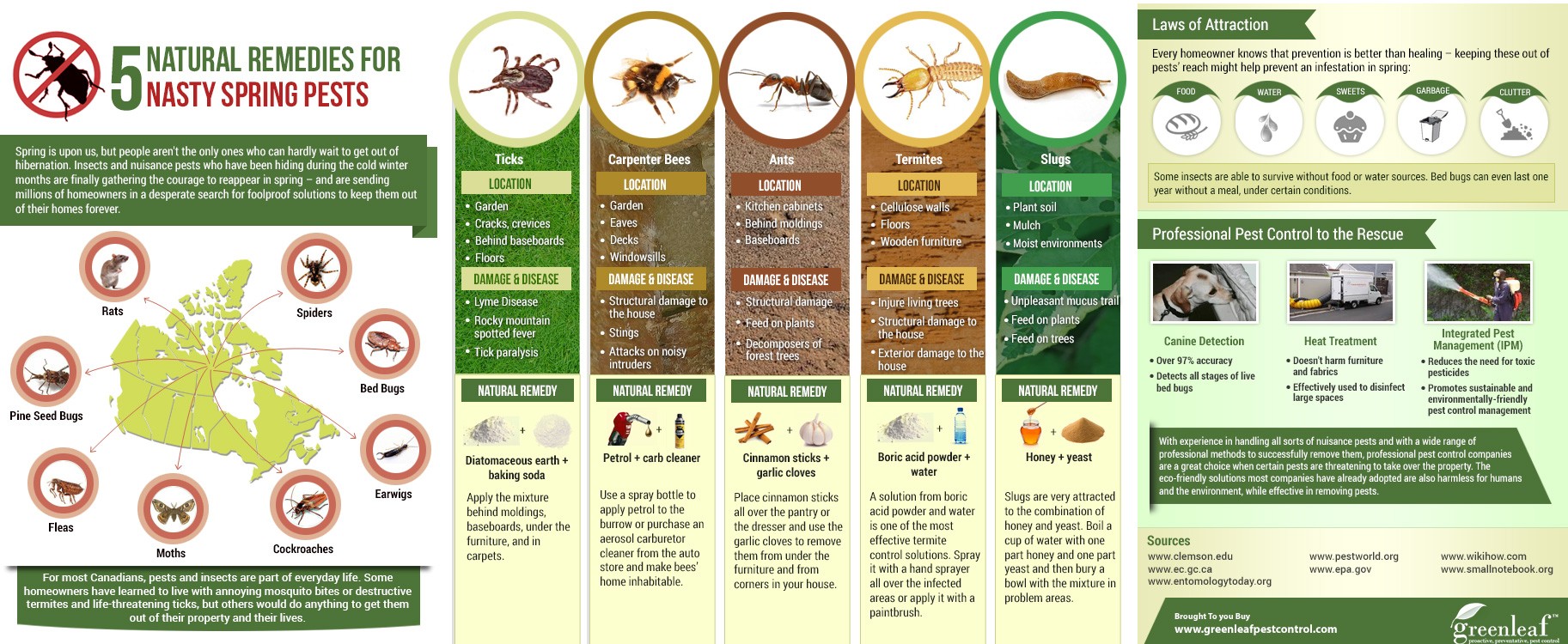Insights From Parasite Experts On Just How To Successfully Recognize Bed Bugs: The Ultimate Handbook
Insights From Parasite Experts On Just How To Successfully Recognize Bed Bugs: The Ultimate Handbook
Blog Article
website By-Cruz Byrd
Picture awakening one early morning feeling scratchy all over, just to discover small red bite marks on your arms and legs. You panic, questioning what can have triggered this pain, when unexpectedly an idea crosses your mind: bed insects.
These elusive parasites are like silent ninjas, slipping into your home and wreaking havoc while you rest. Yet worry not, for in this complete guide, we will certainly unravel the keys of recognizing these blood-sucking creatures, with valuable insights from insect experts who have battled them firsthand.
Get ready to discover the hidden world of bed pests and gain the understanding you need to safeguard your home and your sanity.
Look and Actions
To identify bed insects, it's important to be aware of their distinctive appearance and actions. Bed bugs are small, oval-shaped bugs that have to do with the size of an apple seed. They have actually level bodies, which allow them to hide in splits and holes throughout the day. Their color can differ from a transparent yellowish-white to a reddish-brown, depending upon whether they've recently fed.
Bed bugs are nocturnal creatures, meaning they're most energetic during the night when they come out to feed upon human blood. They're attracted to the heat and carbon dioxide emitted by their sleeping sufferers. If you wake up with itchy, red attacks in rows or collections, it may signify a bed insect infestation.
Common Hiding Places
Bed pests can be found hiding in different locations throughout your home. These sneaky parasites are specialists at locating low-profile spots to nest and duplicate.
One typical concealing place for bed insects is your cushion. They'll delve into the joints, gaps, and folds up, making it tough to identify them with the naked eye.
good pest control known to hide in fractures and holes of furniture, such as sofas and chairs. Keep an eye out for them in the seams, paddings, and even behind loosened wallpaper or peeling paint.
Bed pests can also conceal in electrical outlets, behind baseboards, and in the voids between floorboards. Remember, these bugs are excellent at hiding, so it's necessary to completely inspect these locations if you presume a problem.
Indications of Problem
If you believe a bed pest invasion, there are a number of indications to look out for. One of one of the most usual indicators is awakening with scratchy, red attacks on your skin. These attacks generally show up in collections or rows and are often located on revealed locations such as the face, neck, arms, and legs.
An additional indicator is the visibility of small blood spots on your sheets or pillow cases, which take place when you accidentally squash a bed pest while resting. You could additionally observe dark, rust-colored areas on your cushion or furniture, which are bed pest waste matter.
In addition, bed bugs leave behind their molted skins as they expand, so locating these translucent coverings or tiny white eggs can suggest an infestation. If you observe any of these indications, it is very important to take prompt activity to get rid of the bed insects from your home.
Conclusion
Congratulations! You're now a bed pest professional, geared up with the understanding to spot these tiny terrors. Armed with their sly hiding places and indicators of problem, you can relax very easy knowing that you can outmaneuver these bloodsucking bugs.
So leave and dominate the fight against bed bugs, leaving no cushion unchecked and no bite undetected.
Rest tight, understanding you're the supreme bed bug investigator!
